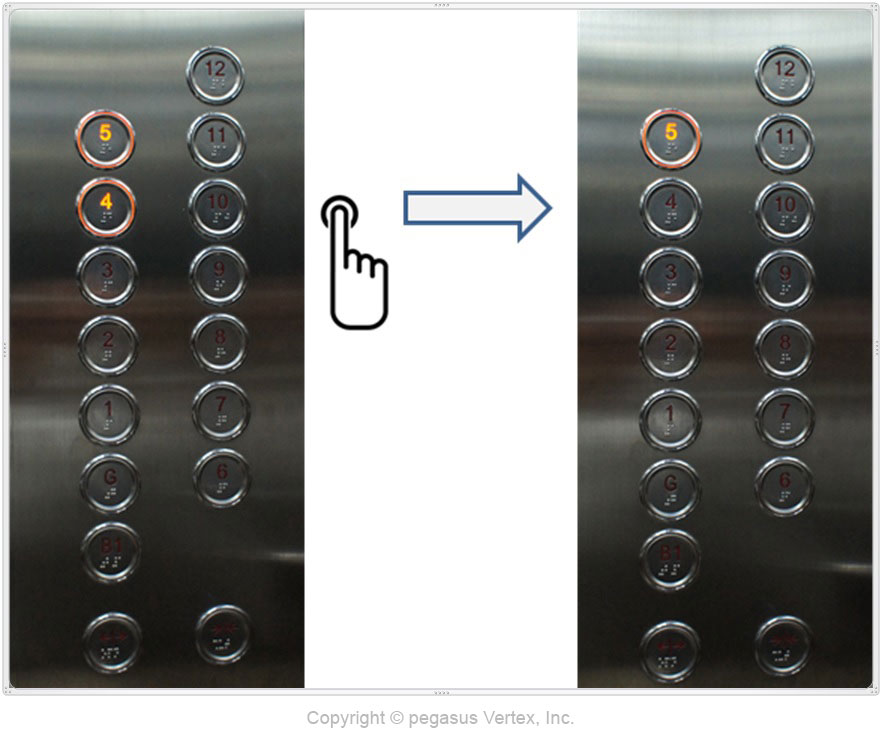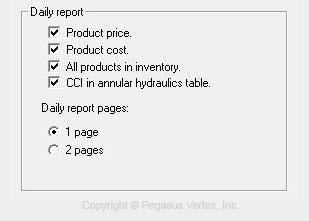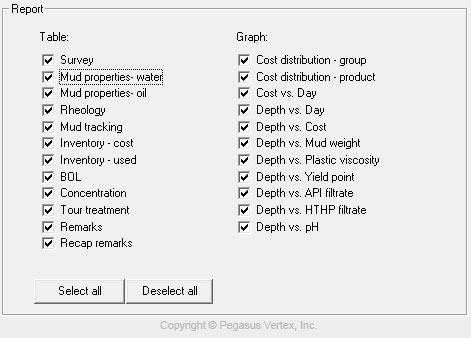Creativity, life or business each has its up and down, like an elevator. This article was triggered by an elevator in a hotel I stayed in Erbil, Kurdistan, Iraq. I spent one week there providing cementing software training to a fast-growing service company in the region.
One time I stepped into the elevator and accidently pressed ④. The button ④ lit up. My room was at level 5. Realizing the mistake, I pressed ⑤. Then, just out of curiosity, I pressed ④ again. To my pleasant surprise, the light on ④ was turned off. You know what? The elevator did not stop at level 4.
Here are the 2 pictures I took later to reproduce the steps.
My past experience told me that if I press wrong buttons, I have to forgive myself, either patiently wait for the unscheduled stop or let the elevator stop at untended level after I leave.
This new experience let me wonder why they design their elevators differently. There must be reasons behind the design of elevator control panel. As a software developer, I find this new way of design the most natural. Because round buttons representing the hotel floors are actually check boxes: riders can change mind to go to room first instead of heading to gym. Plus, adding this “Cancelling” or “Checking off” feature does not affect other normal selections.
During software development process, developers use many controls in the graphical user interface (GUI). Among those controls, a radio button or an option button (⊙) is a type of element that allows the user to choose only one of a predefined set of options. On the other hand, a check box (☑)permits the user to make multiple selections from a number of options or to have the user answer yes (checked) or no (not checked) on a simple yes/no question.
In our drilling software such as MUDPRO(drilling mud reporting), we use these controls extensively. For example, in generating daily mud report, we provide checkboxes and options, allowing mud engineers to tailor the contents and style of the report.
Problem of programming a bank of elevators is often used as exercise for students majoring in computer science. The software program is to control the actions of each elevator, based on the information of the state of each button on the floors and inside the elevators, as well as the time elapsed since each floor-button is pushed. Drilling software provides technical solutions to the engineering problems in drilling operations, based on the operation parameters. The commonality of any programming tasks is to test the functionality and usability from a user’s prospective. This process requires constant exchange, back and forth between developers and users. This is also one of the reasons why upgraded versions are necessary. Software is not only a product, but also a process of improvements. This new control panel in the elevator might be an upgraded version.
MUDPRO, when generating the end-of-well recap, memorizes the users’ setting such as shown in the following graph, so the user can generate recap in the same style.
Our office is in a 5-story building. I take elevator at least twice a day. In the future, there might be elevators that can recognize the frequent-rider like me through eye recognition and automatically memorize where I am going. Of course, it will allow me to cancel my selection and visit my travel agent on the 3rd floor.
I am still dreaming… Elevator chime sounds. My floor is here and I got to go. Have a good day and I see you next time.



